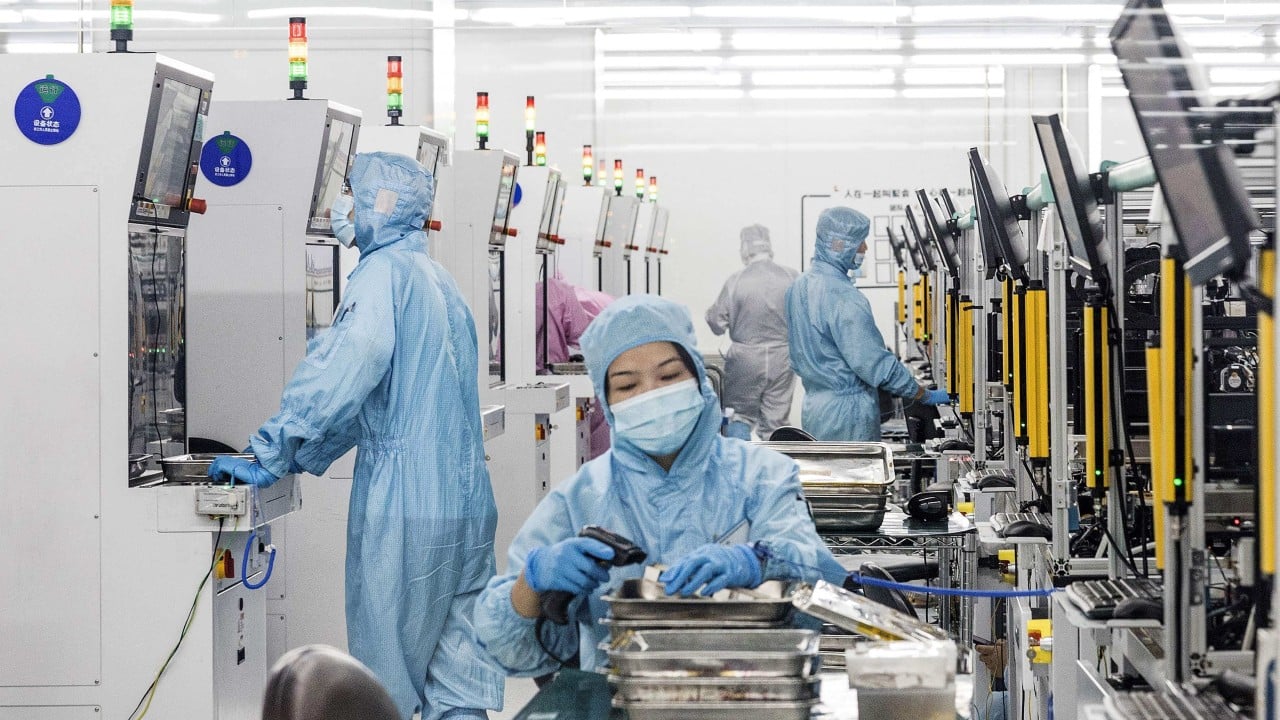As China navigates a post-pandemic slump and geopolitical headwinds, the future of its economy looks precarious, especially as the property sector – once deemed the economic backbone – has crumbled.
Advertisement
Rushing to rebalance its economic landscape, Beijing has rolled out several stimulus plans to boost market confidence while doubling down on its self-reliant model to create a “dual circulation” economy. Four years in, the global economy remains lacklustre, anticipation of a recession mounts, and many wonder if China has made enough progress to turn its ship around.
The Chinese government’s approach to these challenges is to achieve a 5 per cent growth target through opening up its domestic market and advancing technological innovation.
A case in point is Black Myth: Wukong, China’s first AAA video game developed by Hangzhou-based studio Game Science that has generated over US$961 million in gross revenue. Its tremendous success has contributed not only to the 15 per cent year-on-year growth in China’s video gaming market in August, but also driven a tourism boom in Shanxi province as visitors flock to explore the numerous sites featured in the blockbuster game.
Another formidable Chinese powerhouse is BYD, which took Tesla’s electric vehicle (EV) sales crown for the fourth quarter of 2023 and remains firmly among the top 150 companies in the 2024 Fortune Global 500 list. Thus, Chinese government support has played a significant role in spurring the success of innovative companies.
Advertisement
To redirect its economic trajectory and ensure long-term prosperity, Beijing has recognised it is essential to carve out new avenues of growth. To date, over 1 trillion yuan (US$128.68 billion) has been invested in emerging industries such as artificial intelligence and green technologies. Aligned with this strategy, universities are revamping their courses to focus on hi-tech fields in response to the government’s call for more talent in these sectors.

